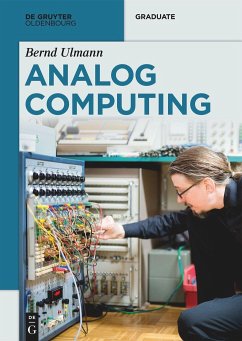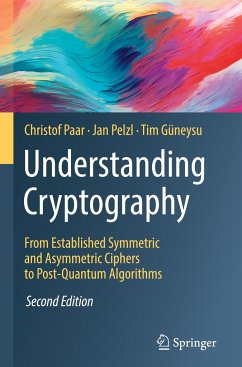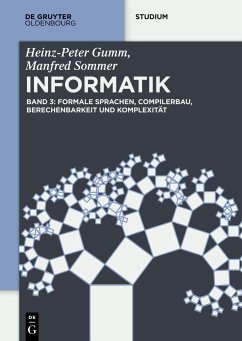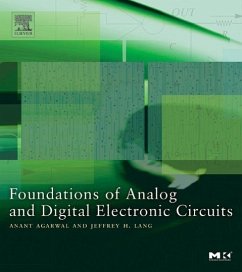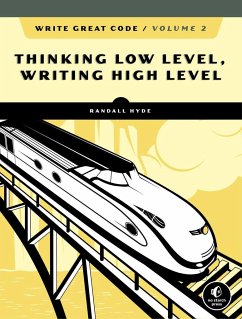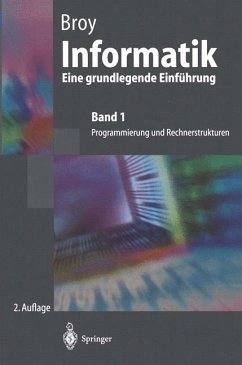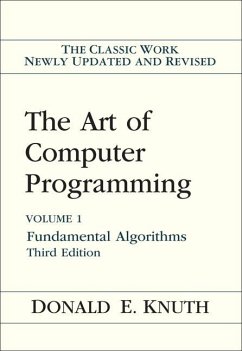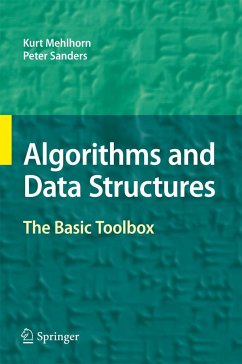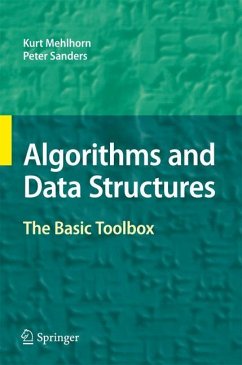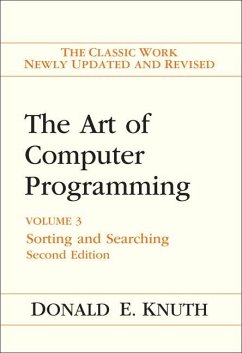
Analog and Hybrid Computer Programming
Versandkostenfrei!
Sofort lieferbar
46,99 €
inkl. MwSt.
Weitere Ausgaben:

PAYBACK Punkte
23 °P sammeln!
As classic digital computers are about to reach their physical and architectural boundaries, interest in unconventional approaches to computing, such as quantum and analog computers, is rapidly increasing. For a wide variety of practical applications, analog computers can outperform classic digital computers in terms of both raw computational speed and energy efficiency. This makes them ideally suited a co-processors to digital computers, thus forming hybrid computers.This second edition of "Analog and Hybrid Computer Programming" provides a thorough introduction to the programming of analog a...
As classic digital computers are about to reach their physical and architectural boundaries, interest in unconventional approaches to computing, such as quantum and analog computers, is rapidly increasing. For a wide variety of practical applications, analog computers can outperform classic digital computers in terms of both raw computational speed and energy efficiency. This makes them ideally suited a co-processors to digital computers, thus forming hybrid computers.
This second edition of "Analog and Hybrid Computer Programming" provides a thorough introduction to the programming of analog and hybrid computers. It contains a wealth of practical examples, ranging from simple problems such as radioactive decay, harmonic oscillators, and chemical reaction kinetics to advanced topics which include the simulation of neurons, chaotic systems such as a double-pendulum simulation and many more. In addition to these examples, it contains a chapter on special functions which can be used as "subroutines" in an analog computer setup.
This second edition of "Analog and Hybrid Computer Programming" provides a thorough introduction to the programming of analog and hybrid computers. It contains a wealth of practical examples, ranging from simple problems such as radioactive decay, harmonic oscillators, and chemical reaction kinetics to advanced topics which include the simulation of neurons, chaotic systems such as a double-pendulum simulation and many more. In addition to these examples, it contains a chapter on special functions which can be used as "subroutines" in an analog computer setup.




